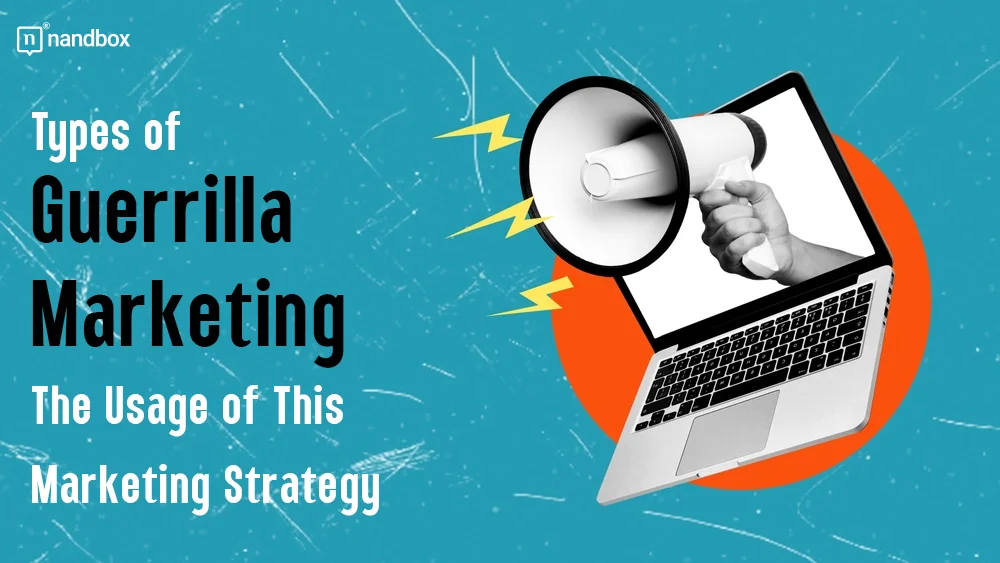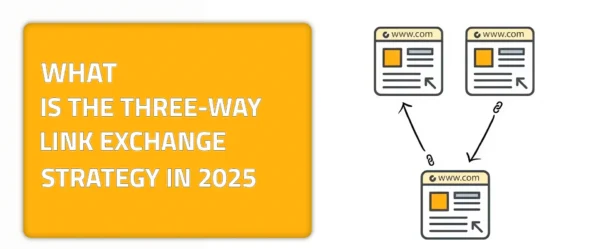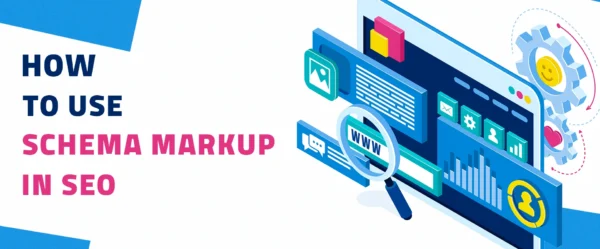There are only a few people who hate surprises. Some people keep thinking that surprises are simply not for them. The majority, however, do actually appreciate it when you throw them a surprise party for their birthdays or a simple surprise baby shower for a mother who’s expecting soon. The element of surprise here is something of great importance. Something that we will be discussing with full force.
Guerrilla marketing strategies rely on the element of surprise. That is why we’re discussing the types of Guerrilla marketing and how they can help your business. This type of marketing, which can be very successful at generating notoriety, depends on unusual and creative presentations to inspire awe or shock. A business might publicize a campaign without investing much money in advertising by using guerrilla marketing. In this guide, we’ll dive head-in to discover and understand the importance of guerrilla marketing and how it benefits your business when implemented correctly.
Guerrilla Marketing: Behind The Name and Definition
So, remember when we mentioned the element of surprise above? That’s because guerrilla warfare either inspired or drove the name. That is because this is one strategy that depends on a lot of schemes that take you by surprise. This is the kind of surprise that you don’t hate but, at the same time, didn’t expect at all. Guerrilla marketing is one type of marketing that utilizes unconventional methods or tactics to attract customers. This strategy is considered much more creative than traditional ones. Ones like TV commercials, word of mouth, direct mail, or even billboards. This strategy became popular in the early 2000s. Since then, lots of ideas have been remastered.
With today’s technological pace, it is essential that new strategies become great innovations in order to cause success in today’s market. The ultimate goal of effective guerrilla marketing is to increase brand recognition on digital channels. With social media playing the role of the main marketing channel today, when something specific hits social media platforms and gets the right audience attention, you’ll find it spreading very fast in a matter of a literal minute. Social media users could like a post, share it, or repost it on their own profiles. An example of guerrilla marketing is the use of a visually appealing image or video to pop up for your users in order to take them by surprise yet appeal enough to them in a good or attractive way, of course.
The History Behind Guerrilla Marketing Concept
In 1984, an advertising executive named Jay Conrad Levinson invented this strategy. He shifted the market with this marketing strategy as he converted the market from dealing with traditional advertisements to digital, effective ones. When advertising executive Jay Conrad Levinson created guerrilla marketing in 1984, it signaled the transition from traditional media (radio, TV, and print) to digital and viral marketing. For the first several decades of his career, Levinson worked in advertising with Leo Burnett and JWT, contributing to ground-breaking campaigns like the Jolly Green Giant, United’s Friendly Skies, the Pillsbury Doughboy, and the Energizer Bunny. Next, he developed the idea of guerrilla marketing, which is the use of unconventional, low-budget campaigns to create buzz in public areas.
The Many Types of Guerrilla Marketing

There are several types that you should be aware of when it comes to understanding guerrilla marketing. Below, we will discuss each type and why each one is important. Additionally, we’ll discuss the many advantages and disadvantages that this strategy has. Bear with me here and keep reading to understand all there is to know regarding guerrilla marketing.
Buzz or Viral Marketing

This is one technique that focuses on word-of-mouth distribution or publicity. This tactic depends on a single person sharing business material with their friends, family, and the social network community in general. Guerrilla marketing depends on consumers naturally spreading knowledge of a brand or product rather than trying to create excitement on its own.
Types of Guerrilla Marketing: Stealth or Silent Marketing
This is one strategy that you can describe as a “low-cost” strategy. It aims to market to a certain customer without their full realization that they’re being marketed to. The best example to give here is the following: Even if a TV commercial for a particular product doesn’t annoy you, you might not be paying full attention to the entire TV screen when it interrupts a movie or television series you’re watching. That is, everyone, one of the strategies of guerrilla marketing that some companies adopt. To drop you an ad without your full attention and say that you’re watching something that could count as an advertisement.
Ambient Marketing: Environmental Strategies For You To Know
Do you know how a chameleon camouflages in it’s own environment? This is kind of the same. This type of marketing aims to blend in or mix it’s own colors with the surroundings. Ambient marketing is the total contrast of more overt forms of advertising. An example of these are ads on bus benches. To reduce the possibility of alienating clients, certain marketing teams may aim for more understated guerrilla marketing strategies rather than ones that stand out dramatically.
Types of Guerrilla Marketing: Ambush Marketing
I promise you, this article is still about marketing and not a guide on how to go to war. Ever watched a sports game on TV and then saw an ad for a certain soda drink that implied but didn’t fully say that it was sponsoring this match? I did see that, and I wondered why a soda drink would sponsor a match and not Adidas, for example, which would make more sense if you get me. Then it hit me that this is another form of guerrilla marketing. This is called ambush marketing because you literally fall for it, unlike the actual truth, which doesn’t fully unfold. Companies use this type of guerrilla marketing to cut costs and blend their ads within popular matches. For example, or something that a lot of people are watching at the same time to advertise their product.
Projection Advertising Strategy: A Personalized Mural Advertising Strategy
This strategy aims to place advertisements on building walls or certain walls made for advertising. Companies use these walls to place visually appealing, large, and captivating ads on walls or buildings. This type of guerrilla marketing allows companies to personalize their marketing campaigns and create a more personalized advertisement for themselves. This could benefit them when they’re creating a certain campaign or an event that needs a lot of people to literally “take a look at it.” Projection advertising is considered a less formal strategy. They do not require capital investments, nor do they require any kind of long-term agreements.
The Pros You Get From Implementing the Types of Guerrilla Marketing In Your Marketing Strategies

Due to the fact that guerrilla marketing is typically a cheap strategy, management frequently uses it. This is one marketing strategy that, as we mentioned, doesn’t cost you that much money or require you to invest a huge amount of money to implement it. Startups, small businesses, or businesses with fewer corporate restrictions frequently use guerrilla marketing techniques. That requires less money than any other marketing strategy known to us as individuals.
Additionally, guerrilla marketing allows for greater creative potential than traditional methods. Guerrilla marketing frequently makes use of informal channels of marketing information, which enables marketing experts to implement their ideas in a manner that is less dependent on the standard channels of operation. This marketing strategy’s initiatives have the potential to have a greater reach than those run by marketing experts because marketing experts have the opportunity to be more innovative. Guerrilla marketing allows you to simply have the potential to gain more profits than other organizations. Marketing professionals find guerrilla marketing initiatives more desirable and entertaining to implement.
The Cons You Get From Implementing Guerrilla Marketing In Your Marketing Strategies
Guerrilla marketing tactics are typically more chaotic than traditional marketing approaches; as a result, guerrilla marketing undertakings generally have a lower rate of success and a higher danger of failing. Because there is a lack of structure, those who consume the marketing content might not receive the same message repeatedly or might misunderstand what is being sent to them. Some people consider guerrilla marketing to be an aggressive form of marketing. It’s possible that some people would rather not be exposed to such marketing. As a result, certain customers run the danger of having a negative experience as a direct result of guerrilla marketing tactics. The unpredictability of guerrilla marketing is possibly the strategy’s most significant drawback. It’s possible that marketing professionals won’t be able to collect statistics to determine whether or not the advertising effort has been effective because there won’t be as much structure. It is also possible that the corporation will deploy unconventional guerrilla tactics, the success of which is unclear.
Final Thoughts on Our Types of Guerrilla Marketing Guide!
There are several marketing strategies that you should implement in your business in order to assure yourself that you have something that empowers your exposure. Marketing strategies differ from one another. Furthermore, there are millions of them that people come up with each and every day. That’s why it’s crucial to research and educate yourself to understand how each can benefit your business. Moreover, to ensure that you will make an informed decision once you decide on a specific strategy from the many options.








